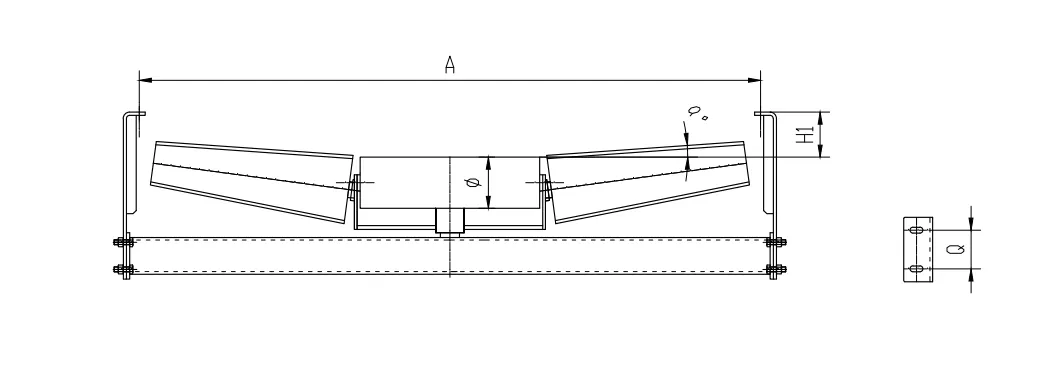 Afrikaans
Afrikaans  Albanian
Albanian  Amharic
Amharic  Arabic
Arabic  Armenian
Armenian  Azerbaijani
Azerbaijani  Basque
Basque  Belarusian
Belarusian  Bengali
Bengali  Bosnian
Bosnian  Bulgarian
Bulgarian  Catalan
Catalan  Cebuano
Cebuano  Corsican
Corsican  Croatian
Croatian  Czech
Czech  Danish
Danish  Dutch
Dutch  English
English  Esperanto
Esperanto  Estonian
Estonian  Finnish
Finnish  French
French  Frisian
Frisian  Galician
Galician  Georgian
Georgian  German
German  Greek
Greek  Gujarati
Gujarati  Haitian Creole
Haitian Creole  hausa
hausa  hawaiian
hawaiian  Hebrew
Hebrew  Hindi
Hindi  Miao
Miao  Hungarian
Hungarian  Icelandic
Icelandic  igbo
igbo  Indonesian
Indonesian  irish
irish  Italian
Italian  Japanese
Japanese  Javanese
Javanese  Kannada
Kannada  kazakh
kazakh  Khmer
Khmer  Rwandese
Rwandese  Korean
Korean  Kurdish
Kurdish  Kyrgyz
Kyrgyz  Lao
Lao  Latin
Latin  Latvian
Latvian  Lithuanian
Lithuanian  Luxembourgish
Luxembourgish  Macedonian
Macedonian  Malgashi
Malgashi  Malay
Malay  Malayalam
Malayalam  Maltese
Maltese  Maori
Maori  Marathi
Marathi  Mongolian
Mongolian  Myanmar
Myanmar  Nepali
Nepali  Norwegian
Norwegian  Norwegian
Norwegian  Occitan
Occitan  Pashto
Pashto  Persian
Persian  Polish
Polish  Portuguese
Portuguese  Punjabi
Punjabi  Romanian
Romanian  Russian
Russian  Samoan
Samoan  Scottish Gaelic
Scottish Gaelic  Serbian
Serbian  Sesotho
Sesotho  Shona
Shona  Sindhi
Sindhi  Sinhala
Sinhala  Slovak
Slovak  Slovenian
Slovenian  Somali
Somali  Spanish
Spanish  Sundanese
Sundanese  Swahili
Swahili  Swedish
Swedish  Tagalog
Tagalog  Tajik
Tajik  Tamil
Tamil  Tatar
Tatar  Telugu
Telugu  Thai
Thai  Turkish
Turkish  Turkmen
Turkmen  Ukrainian
Ukrainian  Urdu
Urdu  Uighur
Uighur  Uzbek
Uzbek  Vietnamese
Vietnamese  Welsh
Welsh  Bantu
Bantu  Yiddish
Yiddish  Yoruba
Yoruba  Zulu
Zulu Understanding the Functionality and Design of Troughing Idlers in Belt Conveyor Systems
Understanding Belt Conveyor Troughing Idlers
Belt conveyor systems are essential components in material handling across industries such as mining, agriculture, and manufacturing. One of the critical elements of these systems is the troughing idler, a vital component that impacts the efficiency and functionality of belt conveyors. This article delves into the significance of troughing idlers, their design, and their operational benefits.
What Are Troughing Idlers?
Troughing idlers are cylindrical rollers positioned at certain points along a belt conveyor to support the conveyor belt as it moves material from one location to another. What sets them apart is their unique design they are usually arranged in a V-shape or trough configuration. This design allows the idlers to stabilize the load on the conveyor belt, preventing materials from slipping off during transit.
Design and Structure
Troughing idlers are typically composed of several key components, including the roller, frame, and bearing. The roller can be made from various materials such as steel or plastic, depending on the specific application and material being transported. The frame supports the rollers and ensures they maintain the correct angle for optimal performance.
The angle of the troughing idlers can vary, commonly seen in 20°, 30°, and 45° configurations. This adjustable angle is crucial, as it allows companies to tailor the system according to the nature of the materials being handled. These variations help in optimizing the load-carrying capacity while minimizing the wear and tear on the conveyor belt itself.
Key Benefits of Troughing Idlers
belt conveyor troughing idlers

1. Material Containment One of the primary advantages of troughing idlers is their ability to contain loose materials. The trough shape provides a natural barrier that helps keep bulk materials securely on the belt, significantly reducing spillage during transportation.
2. Reduced Wear and Tear Troughing idlers help to distribute the load evenly across the conveyor belt. This uniform load distribution reduces tension and wear on the belt, prolonging its life and decreasing the frequency of necessary replacements.
3. Improved Stability The design of troughing idlers enhances the stability of the conveyor system. By supporting the belt on a wider surface area, they help maintain its shape and alignment, particularly in high-load scenarios.
4. Versatile Applications Troughing idlers are versatile and can be used in various applications, including transporting coal, grains, ores, and other bulk materials. Their adaptability makes them suitable for both heavy-duty industrial applications and lighter materials.
5. Maintenance Efficiency The modular design of troughing idlers allows for easy replacement and maintenance. If a roller becomes damaged or worn, it can be swiftly replaced without the need for extensive downtime.
Conclusion
Troughing idlers are a fundamental aspect of belt conveyor systems, offering critical support and efficiency for bulk material handling. Their unique design enhances material containment, reduces wear and tear, and ensures the stability of the conveyor system. As industries continue to rely on efficient material handling solutions, the importance of high-quality troughing idlers will only grow. Investing in durable and correctly configured troughing idlers can lead to significant operational efficiencies, making them indispensable in modern material handling.





























